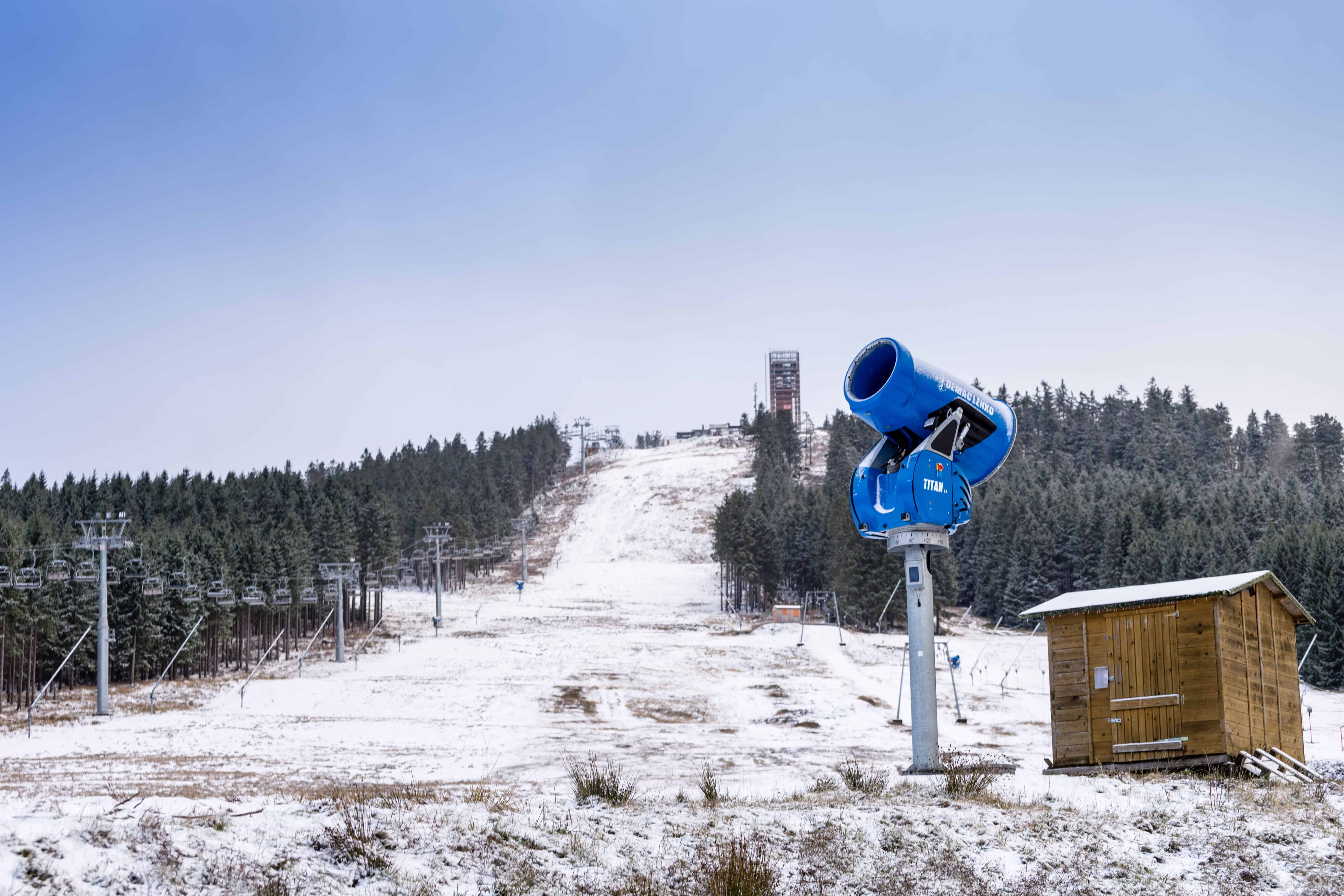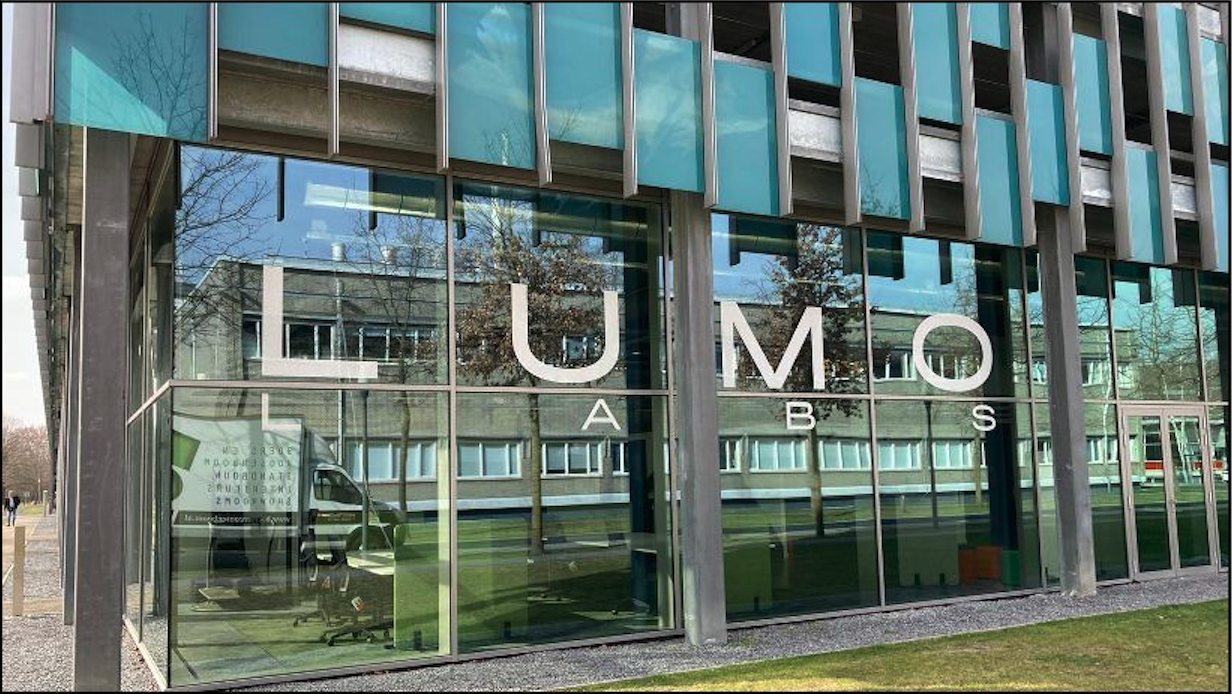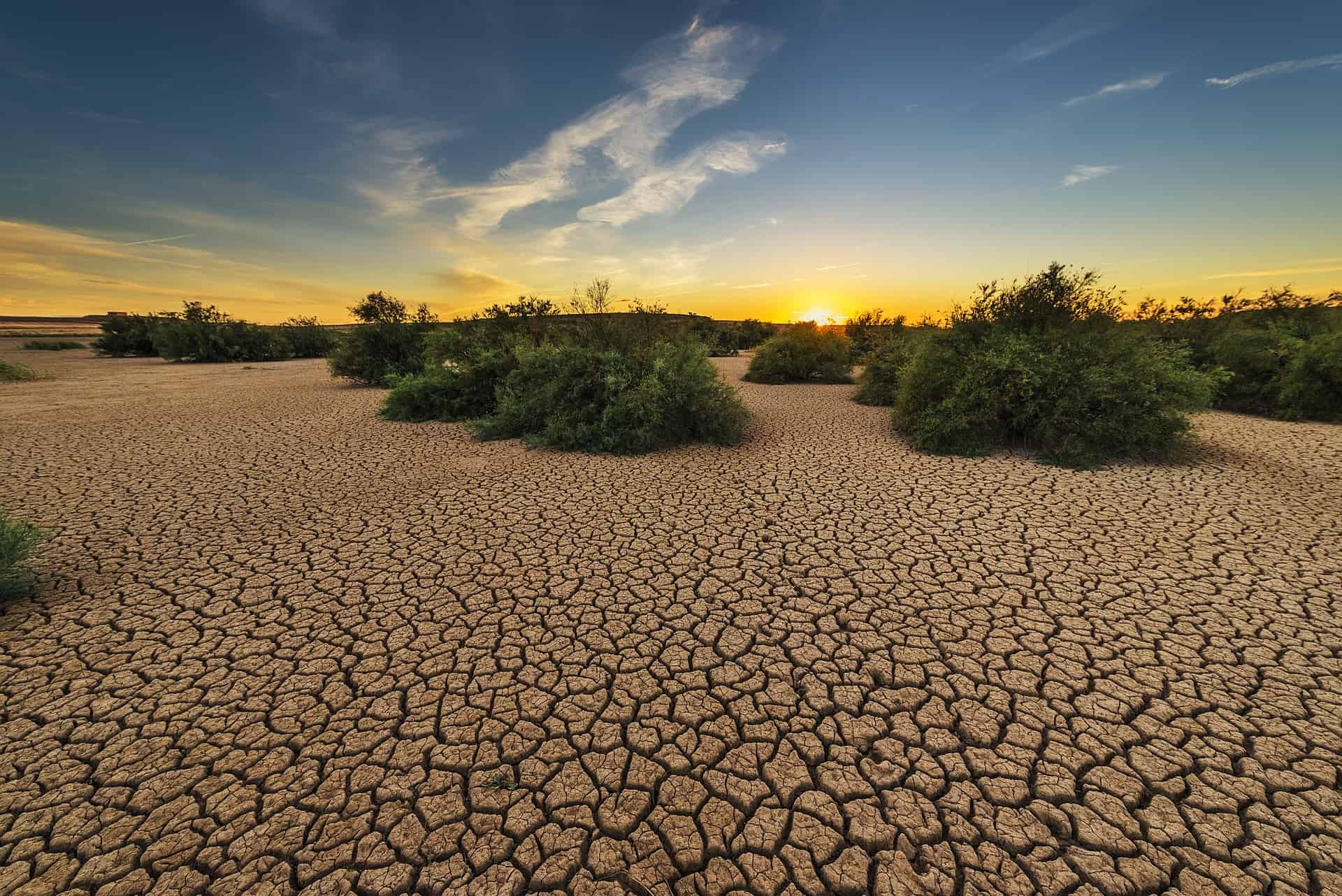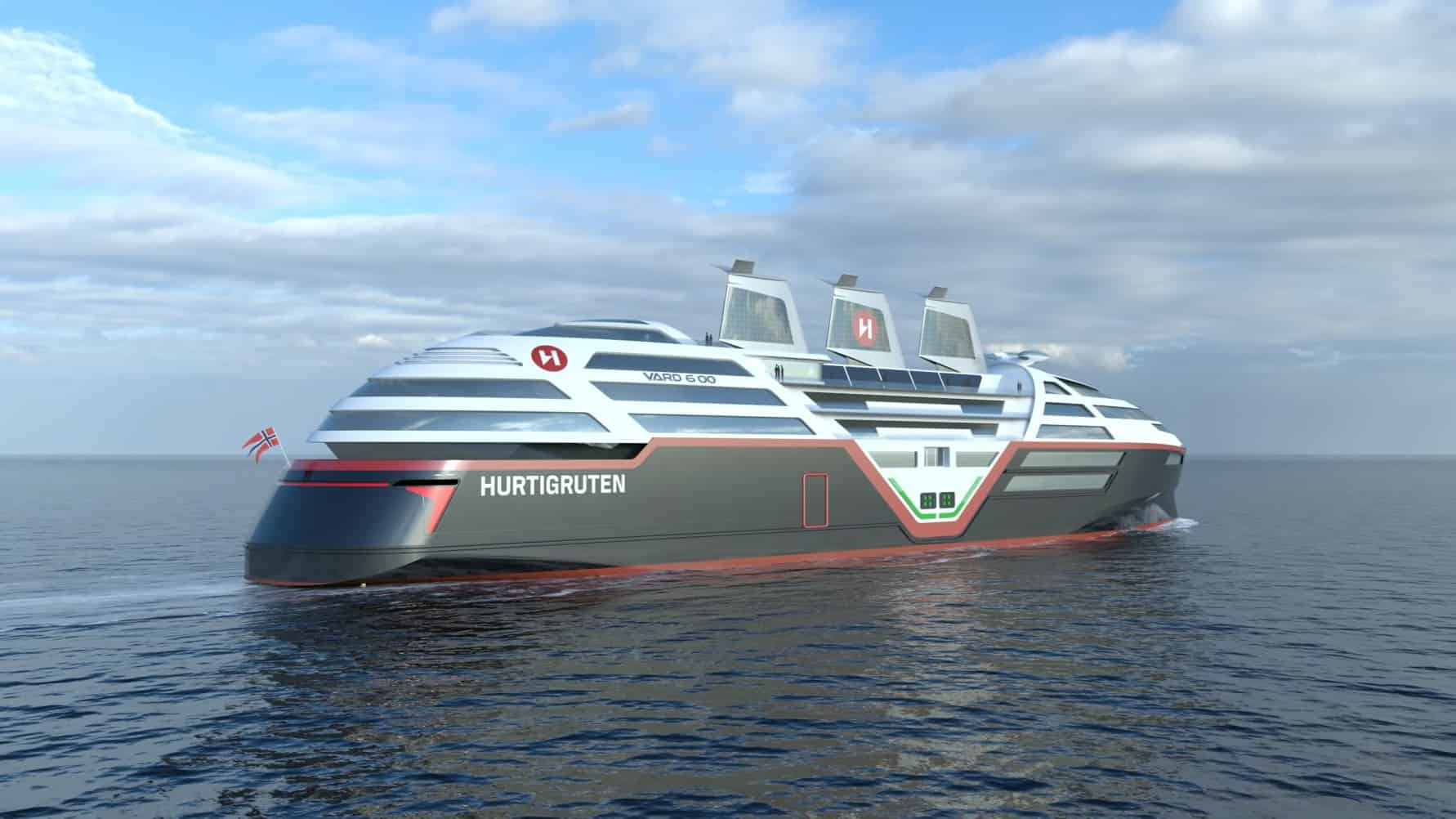
As the world grapples with climate change and the issue of excessive tourism, governments and tourism boards are encountering new challenges. They’re considering various strategies to manage tourism, such as implementing entrance fees or restricting the number of visitors. These measures are essential to safeguard their cultural heritage and natural resources. Currently, wildfires are deterring tourists from visiting Southern Europe, and in Alaska, there is concern due to the shrinking of the Mendenhall Glacier—a beloved tourist attraction. With similar concerns arising globally, more attention is being directed toward sustainable forms of tourism, like ecotourism. This entails appreciating nature and local lifestyles, acquiring new knowledge, and ensuring that we don’t cause harm to the environment or communities. Striking a balance between maintaining a robust tourism industry and minimizing our impact on the planet is undeniably challenging.
- Overcrowding and the effects of climate change are forcing a reevaluation of tourism practices.
- The industry is moving towards sustainable models of tourism, like ecotourism.
- Advanced technology solutions are being used to improve operational effectiveness.
The struggle with overcrowding
One of the main challenges countries face is the impact of overtourism on their cultural heritage sites and natural environments. Italy’s Villa del Balbianello, famous for its role in James Bond and Star Wars films, has taken a drastic decision to slash its daily visitor allowance from 2,000 to 1,200. Meanwhile, in Alaska’s capital, Juneau, the city is wrestling with the dilemma of managing an increasing number of tourists who come to see the rapidly receding Mendenhall Glacier.
On the other side of the globe, Amsterdam has banned cruise ships from the city centre to limit visitor numbers and curb pollution. Cruise ships have become a symbol of mass tourism, with more than 100 mooring in the Dutch capital each year.
Leaning towards sustainability
However, amidst these challenges, there is a growing emphasis on sustainability. According to the United Nations World Tourism Organisation (UNWTO), ecotourism involves the observation and appreciation of nature and traditional cultures. It includes educational features, is generally organised for small groups and minimises negative impacts on the environment and local communities.

Furthermore, cities and countries are proactively seeking to shift from mass tourism to premium, wellness-focused forms of tourism. Southern European countries such as Spain, Greece, Portugal, and Italy are using part of the €750 billion EU recovery fund for this purpose.
Feeling the heat: Tourism and climate change
The tourism sector is alarmingly one of the first industries to experience the adverse effects of climate change. A recent study examining the potential impact of this environmental crisis on European tourist demand by 2100 reveals the fragility of this major industry. Coastal regions emerge as the most vulnerable areas due to the rise in sea levels and extreme weather events. In stark contrast, ski resorts are facing the challenge of dwindling snowfall, jeopardising winter tourism. Future climate change simulations reveal a distinct north-south disparity in tourist demand alterations. Northern regions may benefit from milder climates—making them more attractive to tourists—while southern regions could suffer drastic reductions in visitor numbers due to increased temperatures.
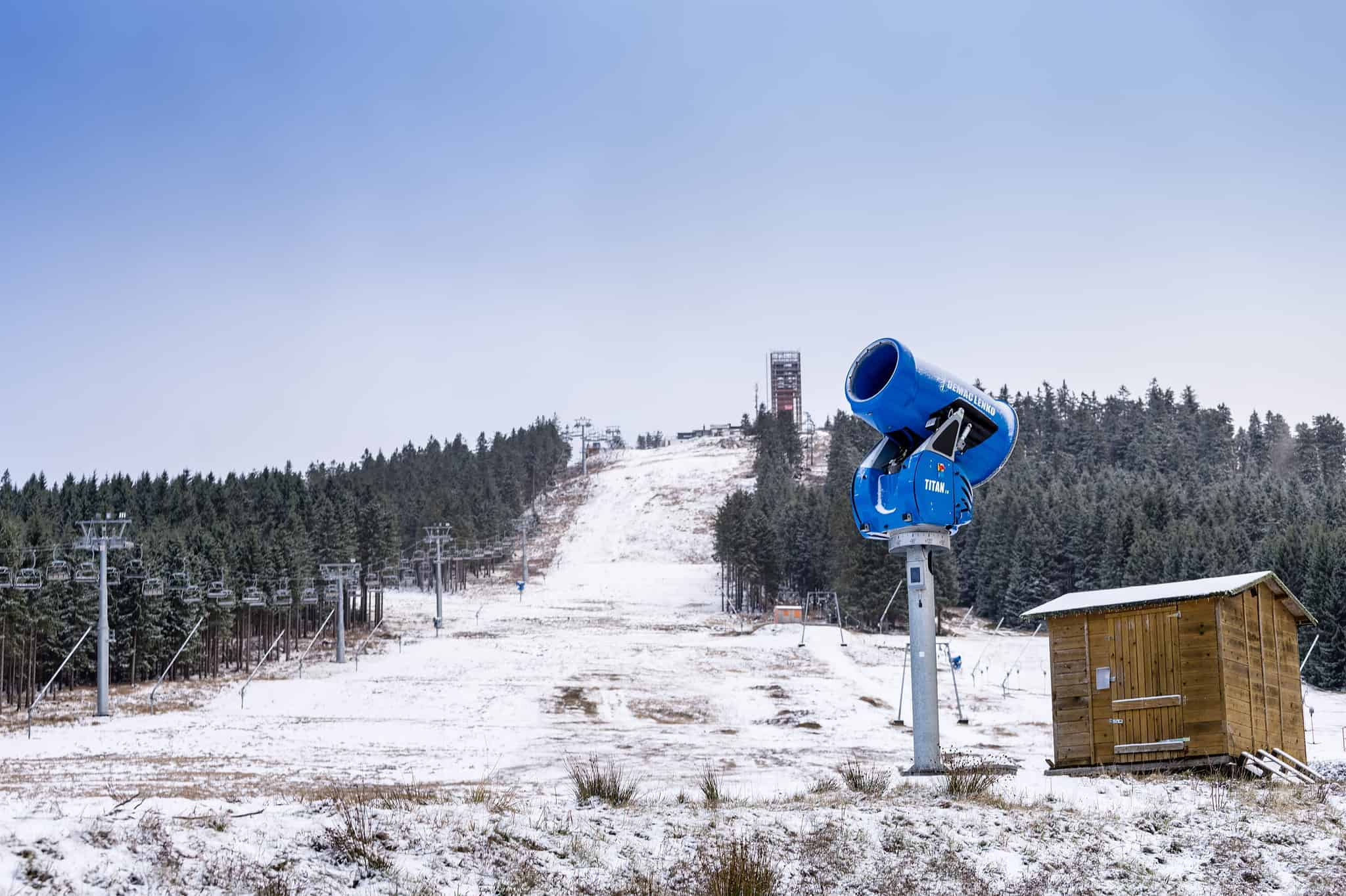
Embracing technological advancement
Envisioning the future of travel, technology emerges as a significant factor, radically altering the landscape of tourism. Introducing seamless interactions and exceptionally personalised experiences, the industry is tapping into digital solutions to bridge staffing gaps and enhance the customer experience. The reliance on personnel is being reduced dramatically, thanks to the automation of repetitive tasks and the development of personalised service capabilities.
Picture embarking on a trip where generative AI shapes your unique itinerary, predicting your preferences and adjusting recommendations in real-time. With technology taking care of typical travel stressors; queues, misunderstandings, and misinformation. Human interactions become more enjoyable and meaningful. Technology not only simplifies but also enriches the travel experience, digital guides and applications ensure you never lose your way, and holographic technology takes historical sightseeing to a new dimension, infusing it with interaction and real-life narratives. This also offers an opportunity to let more people experience sites in detail without actually adding to the crowd. Technology is serving as an enabler transforming tourism into a streamlined, highly personalised, and immersive experience.
Conclusion: A balancing act
As the global tourism industry navigates its future, the challenges are many. Cities and countries must manage overtourism, preserve their cultural heritage and natural resources, and ensure their tourism practices are sustainable. They must also grapple with the effects of climate change, such as wildfires and melting glaciers, which threaten some of their most cherished tourist attractions.
Yet, the opportunities are equally promising. With the emergence of ecotourism and the increasing use of technology, we can look forward to a future where tourism is not only enjoyable but also sustainable and respectful of local cultures and environments. The road ahead may be challenging, but the potential rewards are immense.


